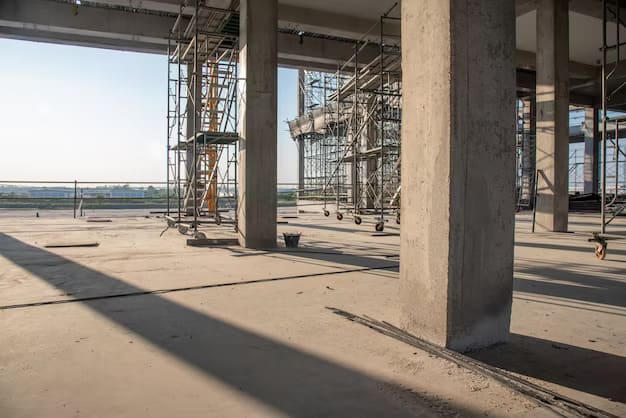Our Services
Brochure
Download our document to see specific data of the service and how we work.
BROCHURE.DOC
1.25M
BROCHURE.PDF
3.81M
Let’s Start Work
Together
Please feel free to contact us. We will get back to you with 1-2 business days. Or just call us now.

Precast Detailing
Precast detailing is the process of creating detailed drawings and documents for the fabrication, transportation, and installation of precast concrete components used in construction projects. Precast concrete elements, such as walls, columns, beams, slabs, and other structural and architectural elements, are manufactured off-site in controlled environments and then transported to the construction site for assembly. Precast detailing involves converting the design specifications into comprehensive drawings that guide the manufacturing and installation processes.
The Precast Detailing Include:
- Reviewing Design Drawings: Precast detailers begin by reviewing the architectural and structural design drawings provided by engineers and architects. These drawings outline the overall layout and requirements for the precast elements.
- Creating Detailed Drawings: Using specialized software like AutoCAD, Revit, or Tekla Structures, detailers create detailed drawings that show the specific dimensions, shapes, connections, and details of each precast component. These drawings encompass various aspects, including reinforcement placement, embedment locations, lifting inserts, and surface finishes.
- Panelization and Layouts: Precast panels, especially for walls and façades, need to be carefully planned and detailed to ensure proper panelization, alignment, and aesthetics. This includes considerations for joints, openings, reveals, and connections between panels.
- Embedments and Connections: Precast elements often require embedments for connections, such as lifting inserts, anchor bolts, and other hardware. Detailers specify the size, location, and arrangement of these embedments.
- Reinforcement Details: Precast detailing involves specifying the arrangement of reinforcement bars within the precast elements. This ensures that the elements have the required structural strength.
- Shop Drawings: Detailers create shop drawings that provide instructions to the precast fabrication plant on how to manufacture each element. These drawings cover information such as concrete mix design, casting methods, reinforcement layout, and curing requirements.
- Marking and Identification: Each precast element needs to be properly marked for identification during transportation and installation. Detailers include labeling and marking details in the drawings.
- Lifting and Transportation: Detailers ensure that the precast elements are designed with lifting and transportation considerations in mind. This involves specifying lifting points, load capacities, and other logistical details.
- Quality Control: Precast detailing includes guidelines for quality control during manufacturing, ensuring that each element meets the required standards and specifications.
- Installation Instructions: Detailers may provide instructions for the on-site installation of precast elements, including alignment, connection, and bracing details.
- Coordination: Close coordination is maintained between precast detailers, architects, structural engineers, contractors, and the precast fabrication plant to ensure accurate detailing that aligns with the design intent.
- Code Compliance: Precast detailing must adhere to relevant building codes, standards, and regulations to ensure the safety and performance of the precast components.

